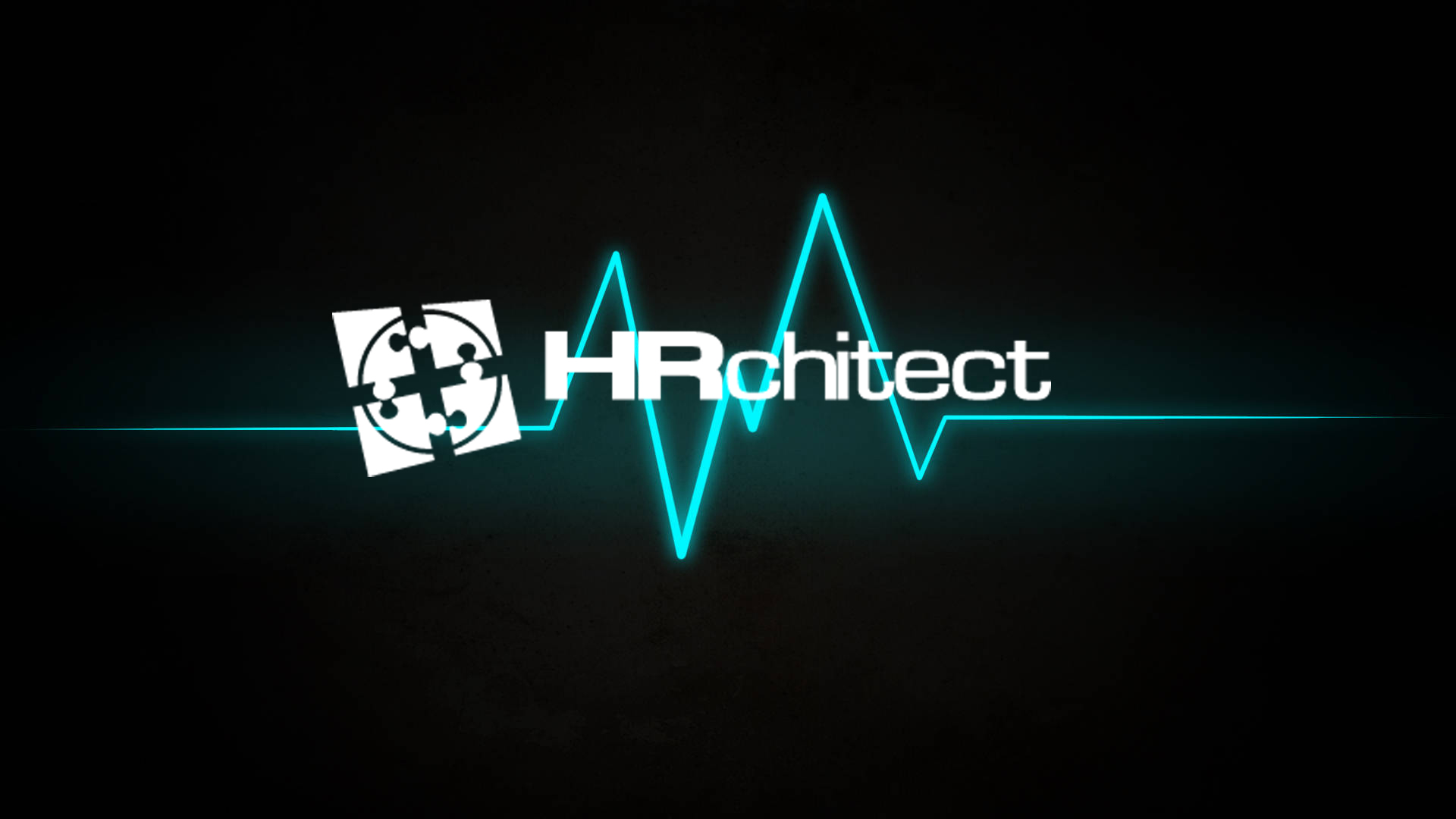Healthcare and robust Human Resource software does not always go hand in hand, why? Because healthcare spends multiple millions of dollars on technology for the latest in patient care, which they should, but this in turn puts all technology for Human Resources at the bottom of the financial list of priorities. Some might say that this is okay in itself because patient care comes first and it does. However, we are not just talking about an applicant tracking system or tracking W-4 and I-9 forms. We are also talking about performance reviews, competencies, and succession management. Let’s discuss how this impacts the healthcare system.
Performance reviews, as with most companies, are done 90 days after hire and then annually. A healthcare system that is still using a paper method can and does spend multiple weeks trying to complete the annual performance review; and this would be for just one nursing unit. There are nursing units in hospitals that have 120 plus nurses in one unit (remember you need 24 hour 365 day coverage). It is the nursing director and supervisors responsibilities to complete a performance review with an average review taking approximately one hour to complete in a paper world. Now we have 120 hours spent just doing reviews by a nursing director and supervisors. That is time spent away from patients and 120 hours of soft dollars being wasted were the average salary for a nursing director is $115,000 annually. Now we have just discussed that a typical nursing unit of 120 nurses for a large hospital in the ER or med/surg unit takes 3 weeks for the performance review to be completed, so we see that 17%!!, let’s look at that number again, 17% of the year is utilized for doing the annual performance reviews.
There exists HR technology that can significantly reduce this task to a fraction of that time. The reason it is not being utilized is hard dollars. Leadership at a hospital is not being convinced that there is a need for this type of software. I lived this for 10 years at one of the largest healthcare organizations in the country. We tried year after year to change from (the still used paper method) to the technology that is available. Leaders in this organization simply stated that there is no money for HR Solutions. This is commonly the case across many healthcare organizations.
So, what is the impact of holding on to an outdated system? Let’s review. An average salary for a nursing director is $115,000 annually. 17% equals $19,550 for ONE unit. One large nursing unit cost the system 17 percent of the leaders salary for a once a year activity. That doesn’t seem like a smart use of time or money. Situations like this need to be recognized and addressed in order for leadership to recognize that implementing a robust human resources software package would be a huge benefit. This not only saves human capital cost (soft dollars) but allows more time for the supervisors and directors to be out on the nursing floors where they should be instead of in an office.
Competencies also need to be tracked and reviewed throughout the life cycle of patient care givers. Currently, this process is also handled via the paper method but could be completed electronically with a human resource software solution which would offer increased accuracy and efficiency.
The final point is succession management. What is the best way for an organization to select in house talent to promote? In an ideal world you would be able to compare employee records of education, competency reports, and performance reviews side by side. You would also see what types of leadership classes have been taken and what the career goals of each individual are. Currently this is handled through multiple methods. Some are paper, some are from interviews, and others are from the applicant tracking system. In today’s world of “work smarter not harder” this information can be simplified and reviewed through a single technology solution.
These types of human resource systems are out there and are capable of saving an organization time and money as well as putting the caregivers back where they belong, on the floor taking care of our loved ones. Healthcare providers should be focused on how they can provide the best care possible in the safest environment and not worrying about how they are going to schedule 120 plus hours of time for reviews and maintain coverage.
The challenge is to produce a behavior change in hospital organizational leadership so that money budgeted for improvements goes not only to patient care, but also to the ever growing technology of the personal touch, Human Resources.


